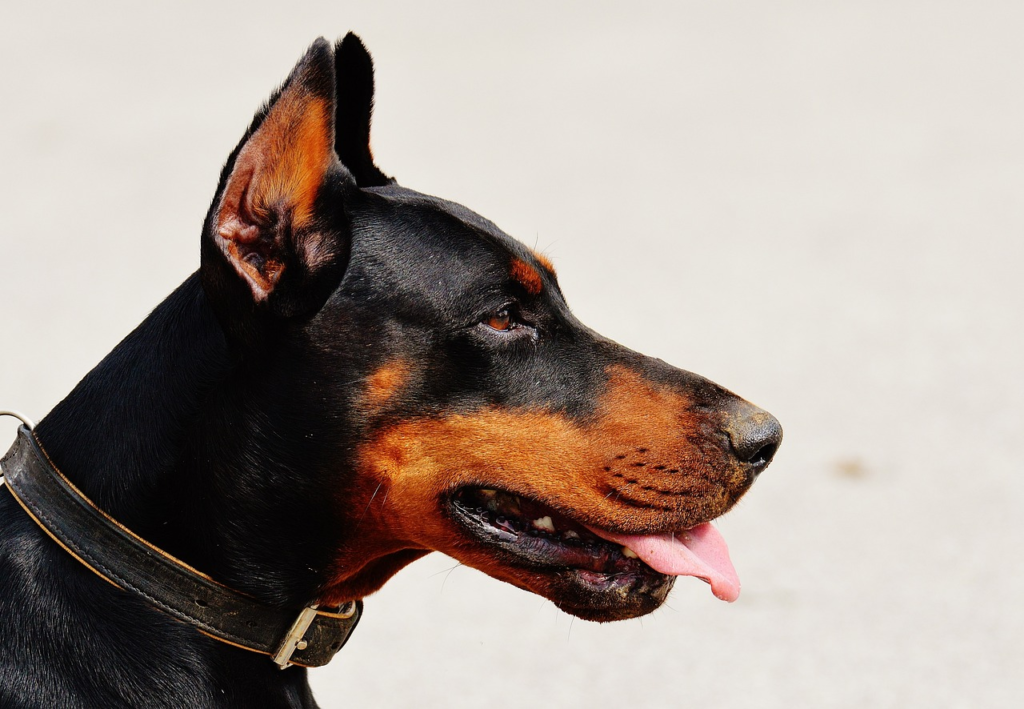Ear cropping is a surgical procedure performed on certain dog breeds, such as Dobermans, with the intention of giving them an alert appearance and less-prone to infection ears. But does the practice uphold the legal and ethical standards for animal welfare in the Philippines? Let’s dig deeper into this issue.
Understanding Ear Cropping

The practice of ear cropping for Dobermans dates back to when the breed was predominantly used in guarding and protection roles, with the purpose of reducing the risk of ear infections and disease. With erect ears, Dobermans were less likely to attract pests, and it was more difficult for adversaries to grab or bite their ears during confrontations.
However, nowadays, Dobermans are more commonly kept as pets rather than working dogs, and the practice has become more cosmetic in nature.
Read Also: Best Dog Food in the Philippines
Legislation in the Philippines
In the Philippines, a comprehensive legislation was introduced in 1998 to help protect animal welfare. The Animal Welfare Act of 1998 (Republic Act No. 8485), amended by the Animal Welfare Act of 2013 (Republic Act No. 10631), prevents the unnecessary cruelty to animals, including procedures that result in the impairment of an animal’s physical functions. This implies that cosmetic surgeries like ear cropping and tail docking in dogs, including Dobermans, could potentially be considered illegal under this act.
Philippine Veterinary Medical Association’s Position
The Philippine Veterinary Medical Association (PVMA) mirrors the global veterinary community’s belief that ear cropping and tail docking for cosmetic purposes are unnecessary surgical procedures. The PVMA discourages these practices and the promotion of cropped ears and docked tails in breed standards.
See Also: Dog Vitamins in the Philippines
#FAQs
1. What is ear cropping in dogs?
Ear cropping is a surgical procedure performed on certain dog breeds, primarily for cosmetic reasons. The procedure changes the shape of the dog’s ears, making them appear upright, instead of their natural falling position.
2. Is ear cropping painful for a dog?
Ear cropping can be painful for dogs. The procedure is performed on young puppies and involves the removal of a portion of their ear. As with any surgery, pain management is necessary during the procedure and throughout the recovery process.
3. Why is ear cropping performed on Dobermans?
Historically, ear cropping was performed on Dobermans to reduce the risk of ear infections, disease, and potential injury during confrontations. However, the modern practice is mostly associated with aesthetics and breed standards.
4. Is ear cropping legal in the Philippines?
While there is no specific law regarding ear cropping in the Philippines, the Animal Welfare Act prohibits practices that result in the impairment of an animal’s physical functions. As such, cosmetic surgeries like ear cropping could potentially be considered illegal under this act.
5. Does the Philippine Veterinary Medical Association support ear cropping?
The Philippine Veterinary Medical Association (PVMA) is against ear cropping and tail docking for cosmetic purposes, as they believe these practices to be unnecessary surgical procedures. The PVMA discourages the promotion of cropped ears and docked tails in breed standards.
Conclusion
In summary, while the Philippines does not have an explicit law that bans ear cropping in dogs, including Dobermans, the broad animal protection laws in place could potentially classify such procedures as a form of animal cruelty. The evolving understanding of animal welfare has led to increased awareness around ethical treatment, and it might not be long before more countries adopt stricter legislation regarding cosmetic procedures for pets.

